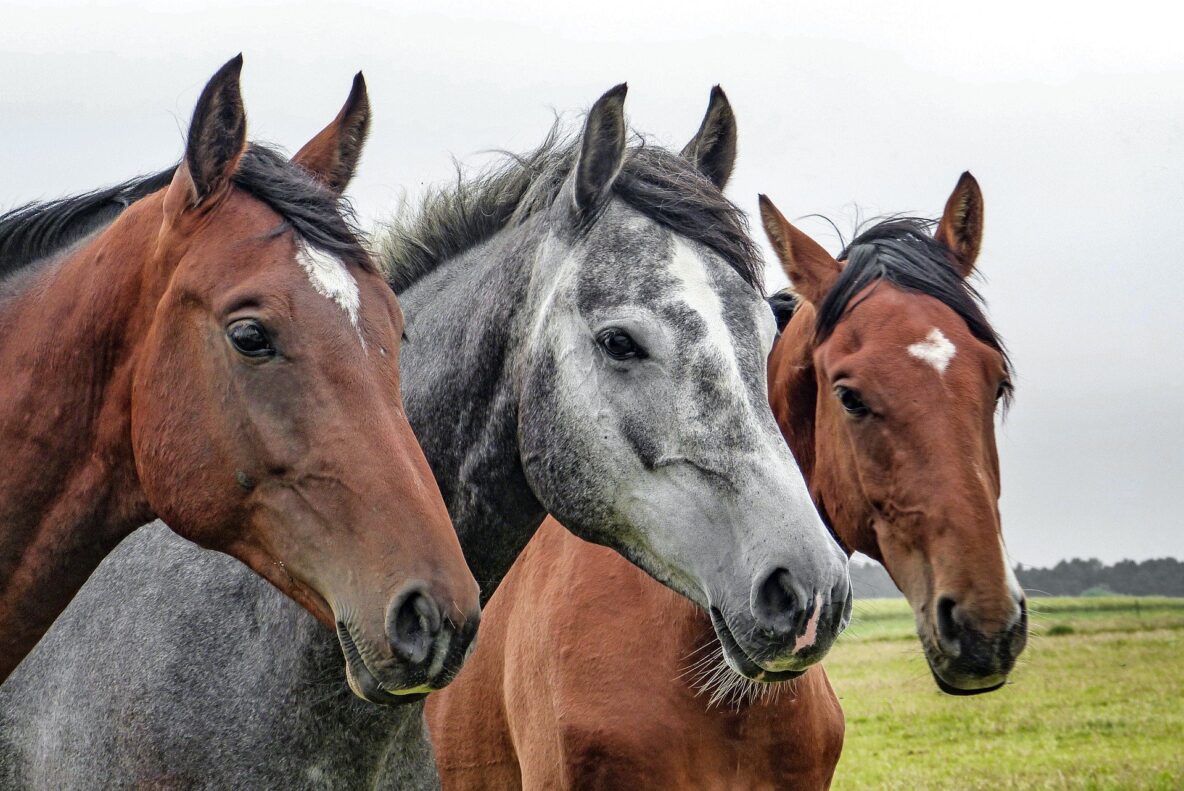Contagious Equine Metritis
The Disease Contagious Equine Metritis (CEM) is a highly contagious venereal Foreign Animal Disease of horses caused by the bacteria Taylorella equigenitalis.
The disease is not known to affect humans or other species of livestock.
Disease transmission occurs during breeding by natural cover or artificial insemination. Most CEM cases involve non-clinical mares with mild uterine inflammation.
Asymptomatic mares can be infectious and remain carriers for several months. An acute infection can cause active inflammation of the endometrium that results in a mucoid, vulvar discharge 10-14 days postbreeding.
Abortions due to CEM are rare. Mares infected during pregnancy can produce subclinical carrier foals. Infected stallions exhibit no clinical signs but can carry the organism on their external genitalia for an extended period of time.
Carrier mares and stallions act as a reservoir of T. equigenitalis.
Undiagnosed mares and stallions are the source of infection in disease outbreaks.
Detection of the carrier state relies on isolation of the bacteria from urogenital swabs. Due to the fastidious nature and slow growth characteristics of the organism, it is difficult to culture and thus, requires obtaining multiple culture samples over a period of one week.
How CEM spreads
CEM spreads from horse to horse during mating. It can also spread when horses are artificially inseminated.
Preventing CEM
You can use the Horserace Betting Levy Board contagious equine metritis code of practice to help prevent infection and to stop the disease spreading.
You can also prevent CEM by practising strict biosecurity on your premises.
If you suspect CEM
You should:
- tell your vet immediately – they may take samples from your horse for lab testing
- isolate any horses you think are affected
- stop the suspect horses mating
- avoid using semen from stallions with suspected or confirmed infection
If CEM is confirmed
CEM can be treated with antibiotics. There are no public health implications.
Where owners of affected horses agree to comply with the HBLB code of practice, the affected animal and all contacts will be tested and treated following advice from industry disease experts and the British Equine Veterinary Association. The premises will be restricted from exporting any horses or equine germinal products until the cases are successfully resolved. These procedures have been in place since April 2020, following an initial pilot.
Where owners choose not to comply with the code of practice, the outbreak will be controlled in line with the contingency plan for exotic notifiable diseases.

